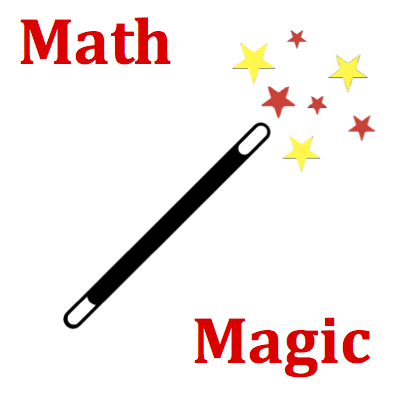Hold down the T key for 3 seconds to activate the audio accessibility mode, at which point you can click the K key to pause and resume audio. Useful for the Check Your Understanding and See Answers.
Mission SM3 Sound Intensity and DeciBel Levels - Question Group 5 Help

The table at the right lists several sounds and their typical deciBel level. Based on this listing, one would conclude that the sound of normal conversation is ____ times more intense than the sound of a mosquito buzzing.


Every sound intensity has a unique deciBel rating. The deci of deciBel is a Greek prefix similar to the more familiar milli-, centi- and kilo- which commonly precedes units such as liter, gram and meter (for example, centimeter and kilogram). There are 10 deciBels in 1 Bel so the Greek prefix decimeans 1/10-th. The deciBel rating of a sound is 10 times the Bel rating of the sound. The Bel rating of a sound is the number of times greater that it's intensity is than the intensity of the threshold of hearing (1.0 x 10-12 W/m2) - expressed as a power of 10. See Math Magic section.

If one sound is 101 times more intense than a second sound, then its Bel rating is 1 Bel higher and its deciBel rating is 10 deciBels higher.
If one sound is 102 times more intense than a second sound, then its Bel rating is 2 Bels higher and its deciBel rating is 20 deciBels higher.
If one sound is 103 times more intense than a second sound, then its Bel rating is 3 Bels higher and its deciBel rating is 30 deciBels higher.
If one sound is 104 times more intense than a second sound, then its Bel rating is 4 Bels higher and its deciBel rating is 40 deciBels higher.
